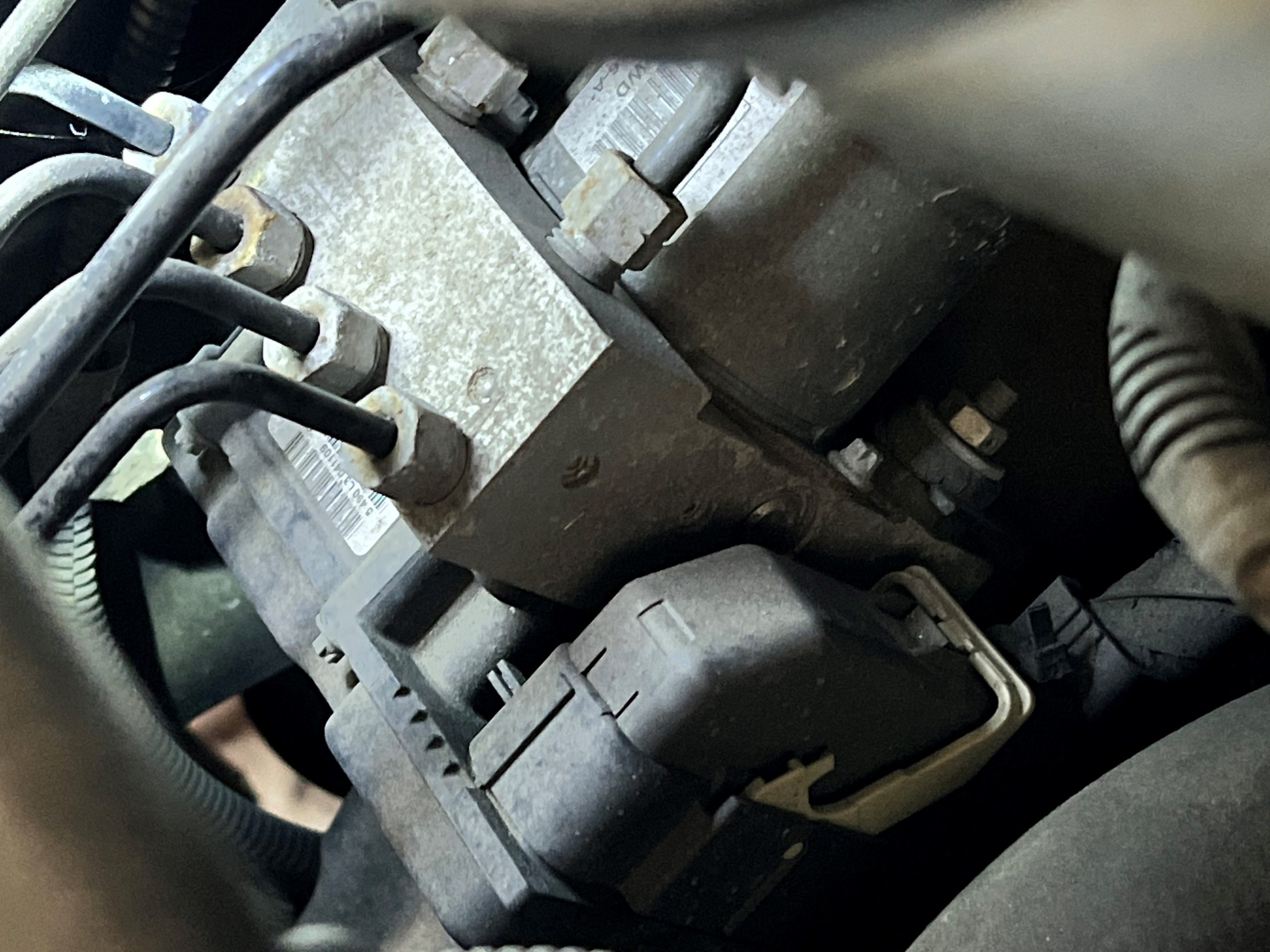The Dodge Dakota is a popular mid-size pickup truck that was produced from 1987 to 2011. Over time, the suspension components of this vehicle can wear out and need to be replaced, including the rivet ball joints. If you have recently replaced the rivet ball joints on your Dodge Dakota, you may be wondering how the truck should look and perform after the repair. Here is a complete guide to help you get the most out of your newly repaired vehicle.
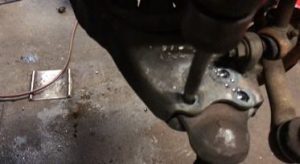
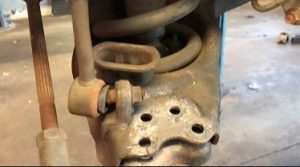
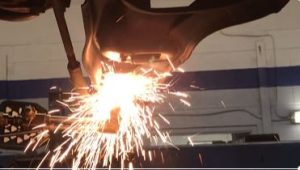
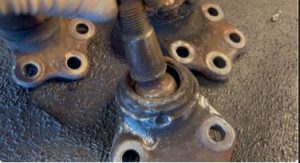
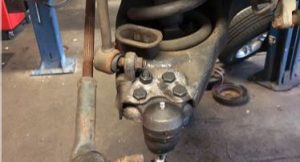
Why Replace the Rivet Ball Joints
The rivet ball joints are an essential component of the suspension system in your Dodge Dakota. They allow the suspension to move up and down, providing a smooth ride, and allowing the wheels to move and turn. Over time, the rivet ball joints can wear out, leading to a variety of problems, including:
-
Poor handling and steering
-
Uneven tire wear
-
Noisy and creaky suspension
-
Unusual tire wear
-
Vibrations while driving
If you notice any of these symptoms, it’s important to have your rivet ball joints inspected by a professional mechanic. If they are worn out, they should be replaced as soon as possible to ensure that your vehicle handles and rides smoothly.
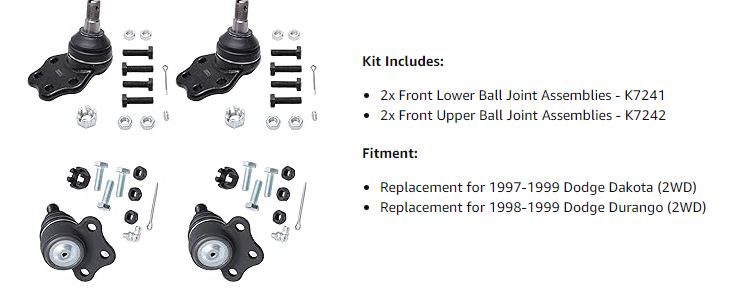

What to Expect After the Repair
After the rivet ball joints have been replaced, you should expect your Dodge Dakota to handle and ride much better. The steering and handling should be more precise, and you should no longer experience any vibrations or noise from the suspension. However, there are a few things you should be aware of to help ensure that your vehicle performs optimally.
-
Check Alignment: After replacing the rivet ball joints, it’s important to have the wheels aligned to ensure that your truck drives straight and handles well. An alignment will also help extend the life of your new suspension components.
-
Test Drive: Take your Dodge Dakota for a test drive to check for any pulling, vibrations, or other issues. Pay attention to the handling, braking, and overall ride quality. If you notice any problems, be sure to have them addressed right away.
-
Check for Leaks: After the repair, check under your truck for any oil leaks. If you notice any leaks, they should be fixed as soon as possible to prevent further damage to your vehicle.
-
Keep an Eye on Suspension Components: Over time, the suspension components of your Dodge Dakota will wear out again. Be sure to inspect the suspension regularly to ensure that everything is in good working order.
By following these tips, you can help ensure that your Dodge Dakota looks and performs great after replacing the rivet ball joints. With proper care and maintenance, your truck should give you years of reliable service. If you notice any issues after the repair, be sure to have them addressed right away to avoid further damage to your vehicle.





